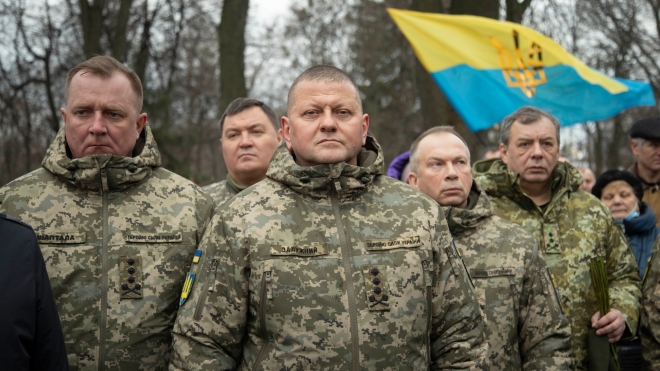The USA-based Institute for the Study of War (ISW) is a non-partisan, non-profit public policy research organization founded in 2007. ISW monitors official messages of Ukrainian and Russian General staffs, as well as the Twitter and Telegram channels of photos geolocation experts. The Institute publishes daily updates on its website.
The map shows the combat situation as of March 11. Summary: The advance of the Russian army has been stopped, it continues the siege of Mariupol and the attack on Severodonetsk. Russian troops are regrouping near Kharkiv and Sumy. The Ukrainian Army has stopped the attack on Mykolayiv and Zaporizhzhia.
Analyst Jomini of the West might be a Georgetown University wargaming club member. Jomini posts an analysis of the daily situation on his Twitter.
Map shows the location of armed forces near Kyiv and Chernihiv from the combat situation analysis as of March 10. The Ukrainian army has stopped Russian attack on Kyiv from west and east, it continues to attack the vulnerable positions of the Russian army and its supply line.
Analyst Nathan Ruser is an employee of the Australian Strategic Policy Institute. He tweets about the situation in Ukraine daily.
Map showing the distribution of the Russian military convoys northwest of Kyiv. Areas of roads controlled by the Russian army are marked with red, and sections that it was unable to keep are marked with yellow.
Russian Conflict Intelligence Team investigators had to evacuate from Russia following the start of the war. Ruslan Leviev, the founder, explains the daily situation on the frontline on the YouTube channel of the CIT.
What do investigators, who monitor the Russian invasion of Ukraine, agree on?
- The command of the Ukrainian Armed Forces believes that it had successfully held back the initial advance of the Russian Army and sees the way to victory. The Russian army is losing initiative near Kyiv and Kharkiv. This is confirmed by the frontline reports, journalistsʼ stories, and open data.
- The Russian army is struggling to organize regrouping of their forces and attempts to improve supplies chain to the front units. It withdraws battalion tactical groups defeated by the Ukrainian Army from the frontline.
- Apparently, the Russian army is demoralized. Russian leadership is trying to reverse this situation by trying to engage Belarus in active warfare, seize Mariupol, and surround the part of Ukrainian Army on Donbas.
Our publication relies on readersʼ donations. Please support “Babel” now !

